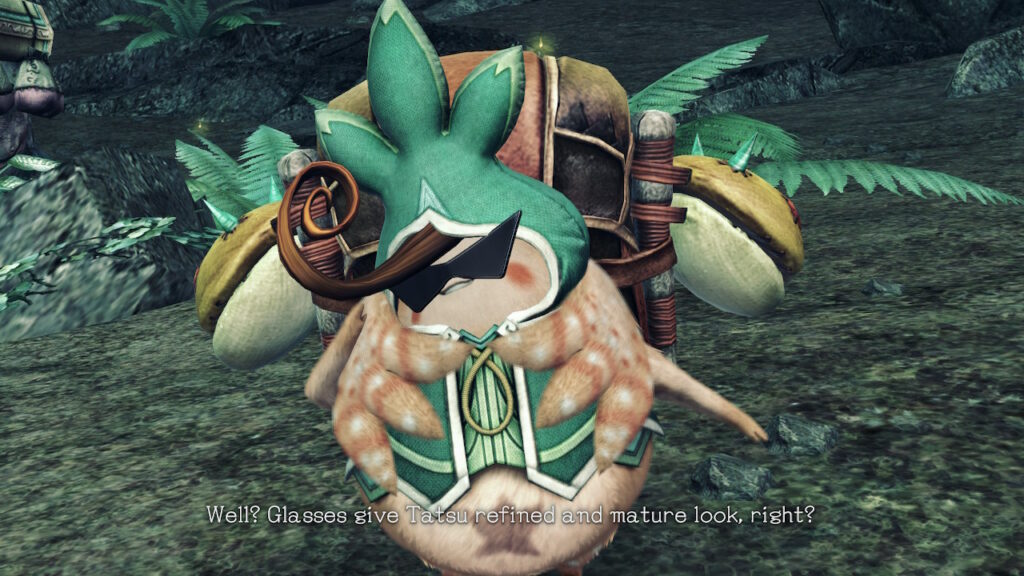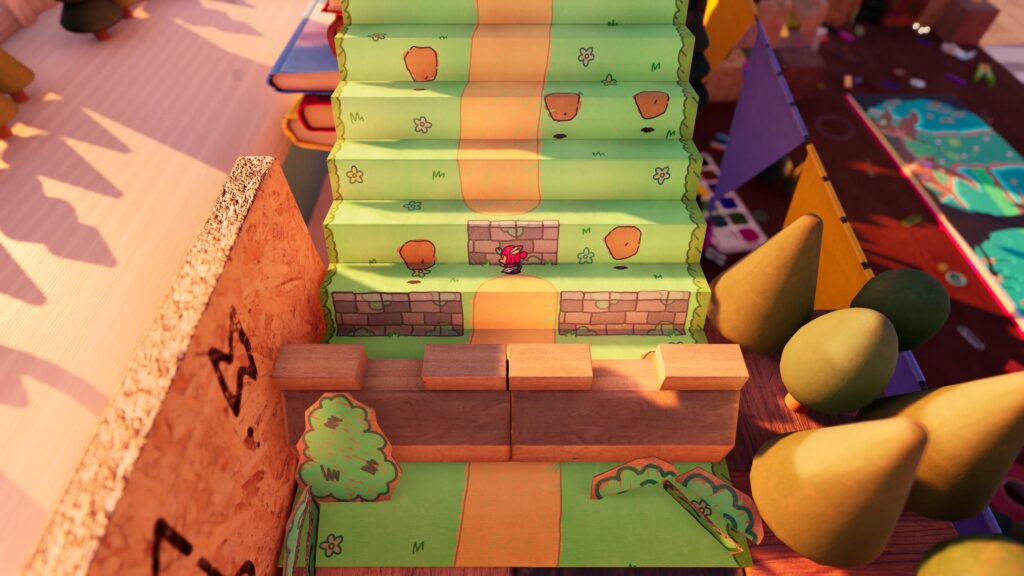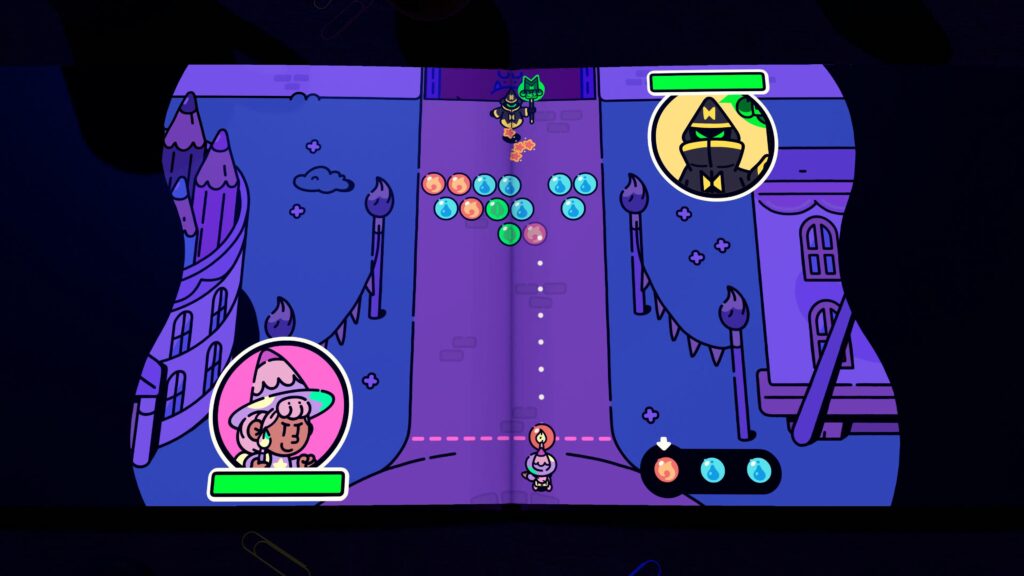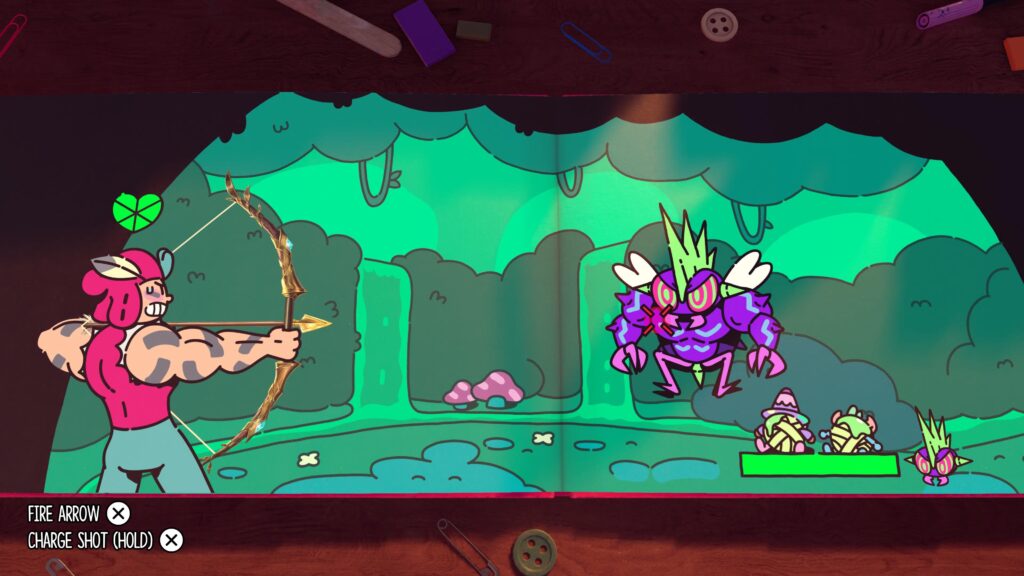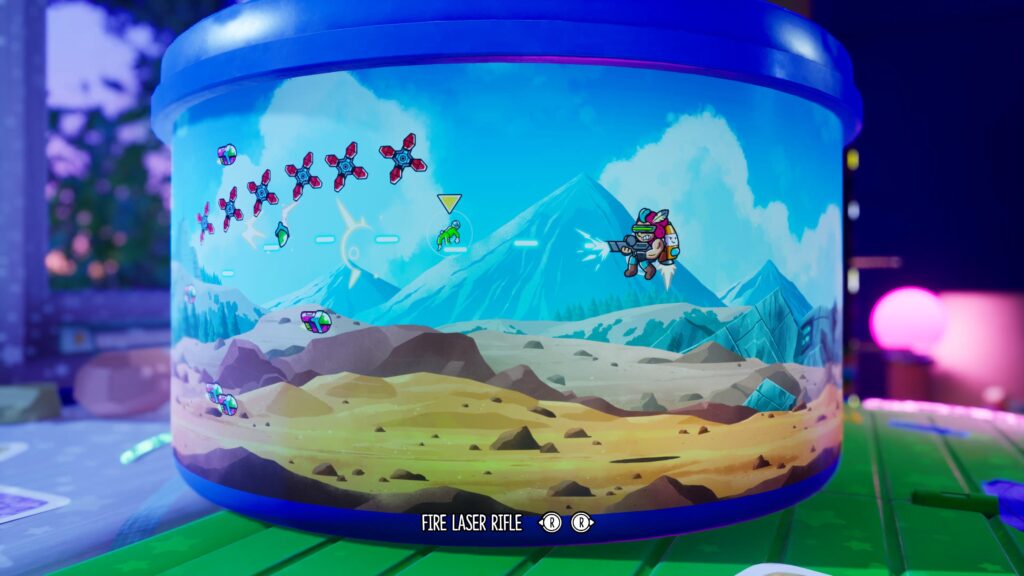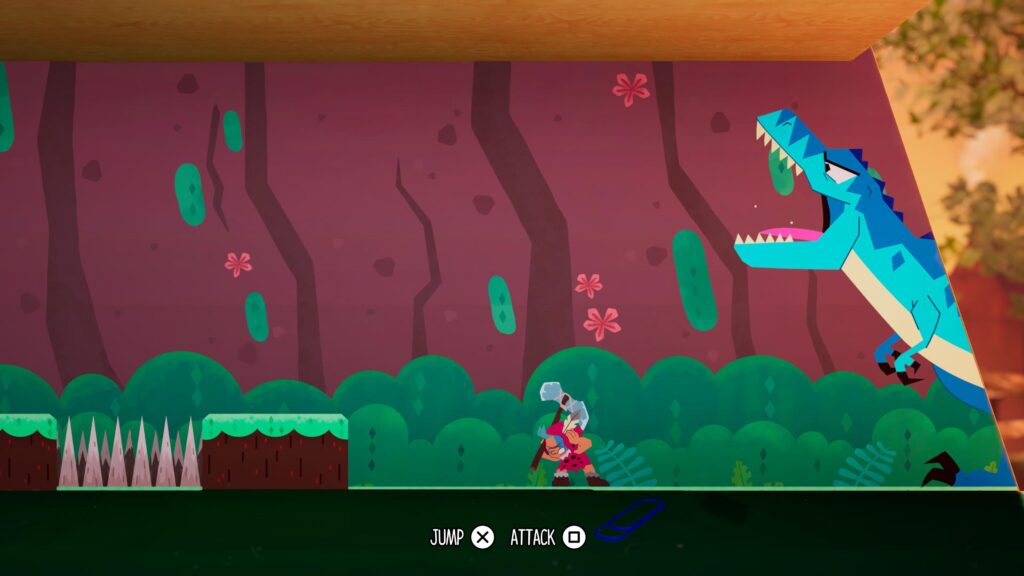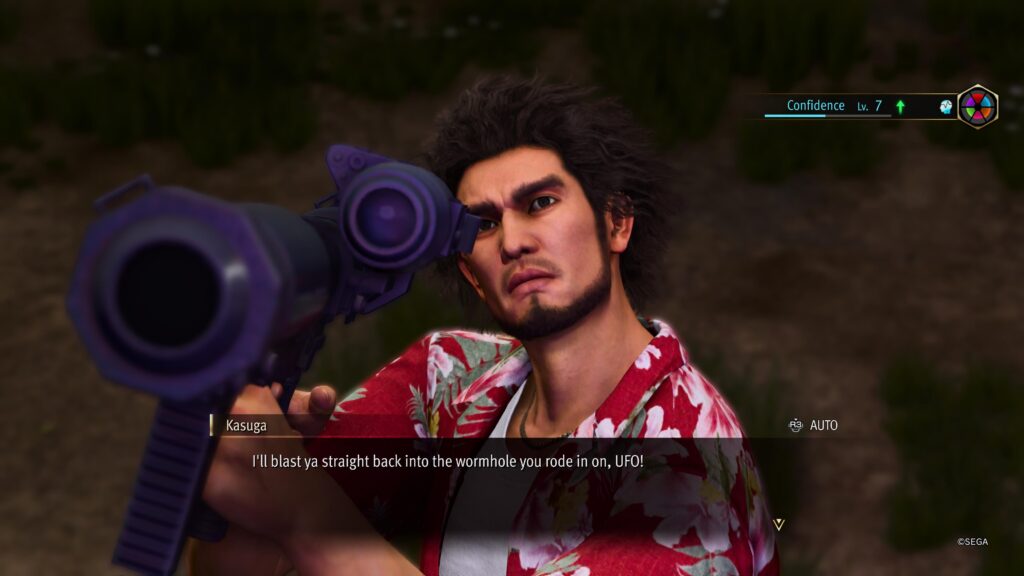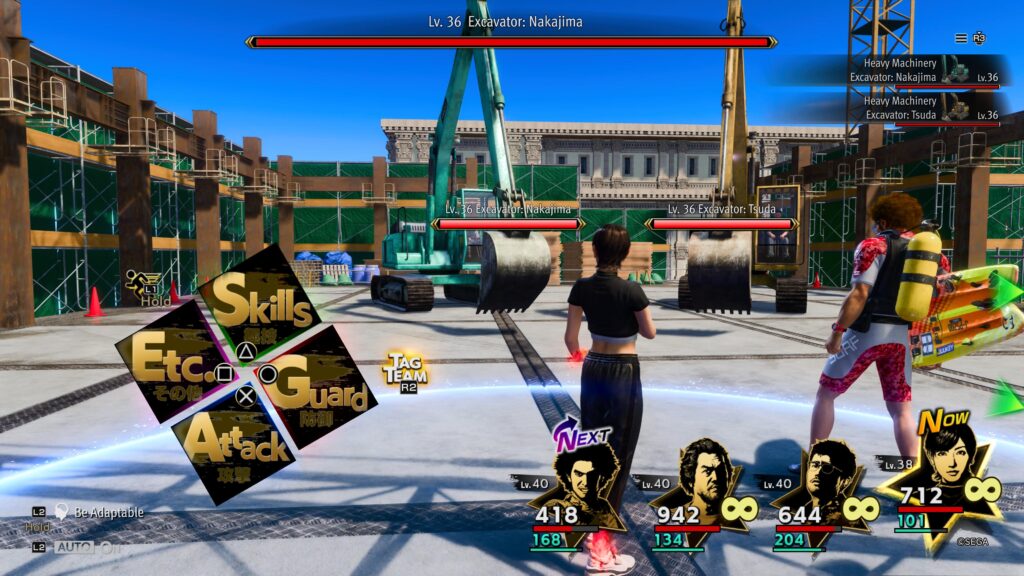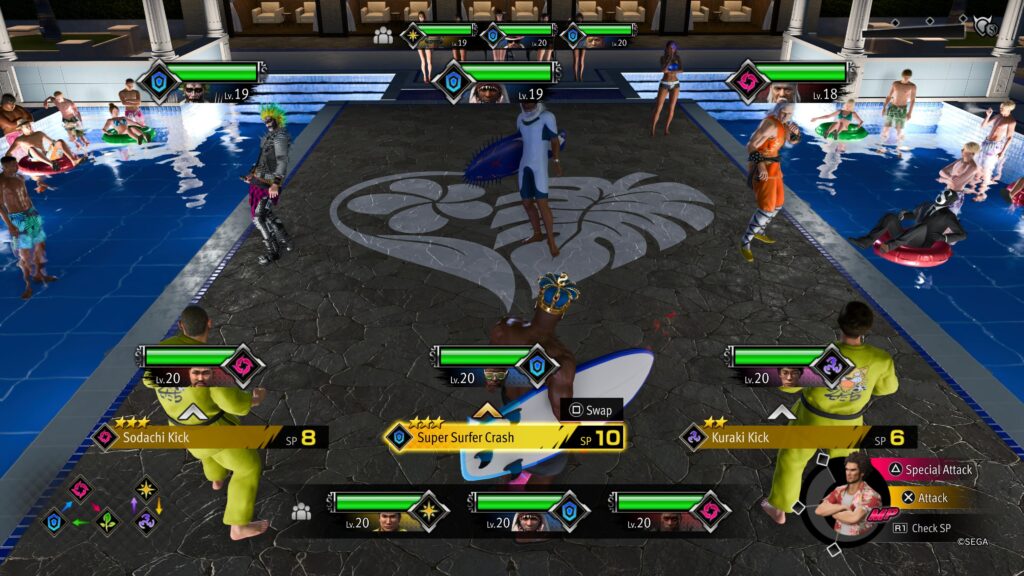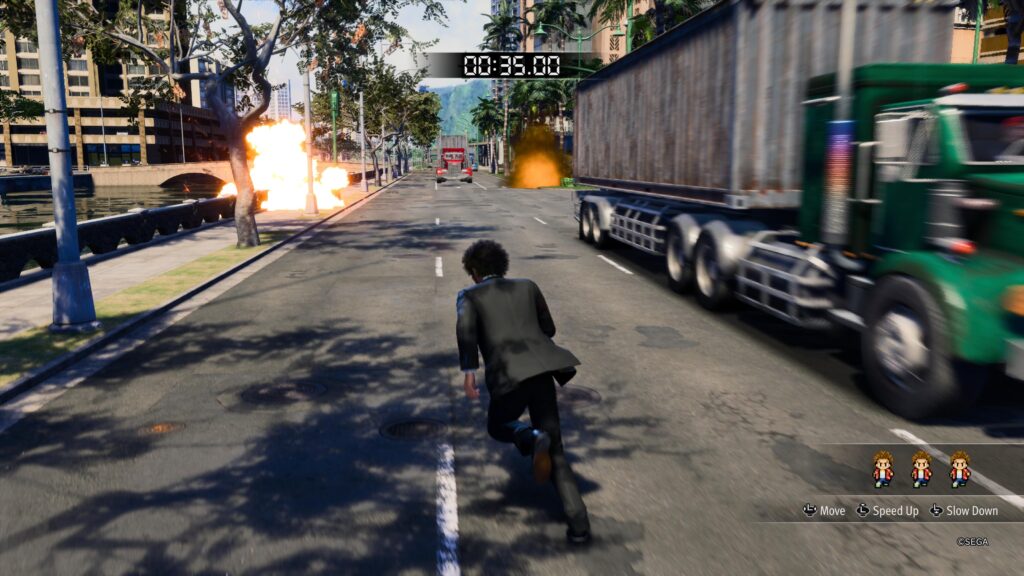- Genre: JRPG
- Platform: Switch
- Originally Available On: Wii U
I never actually finished the original game. I hit some point where there was a huge difficulty spike and just couldn’t be bothered doing the grinding to get through whatever the block was for me. I don’t know if it was the platform being played on, other games coming out around then, or that this release got a rebalance but that was never a problem on this version. 95 hours later this game was an incredible joy to play.
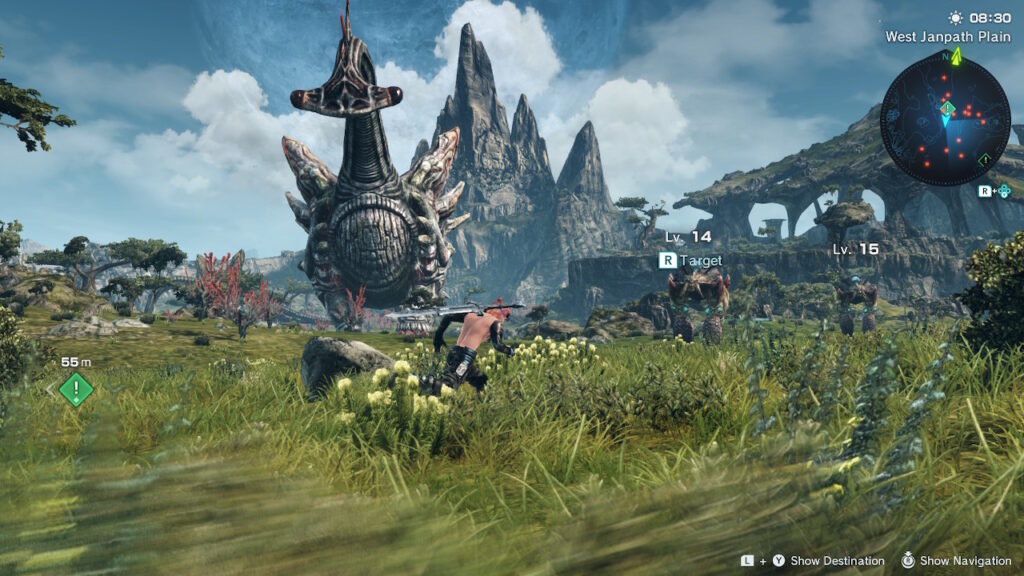
Playing this game now really is a series of “I don’t remember…” moments, but I suppose that comes with the nature of this being a 10 year old game that I didn’t finish. The first thing that really struck me was that I don’t remember it taking so long to get the mechs. I was at least 30 hours in before I got the mech and at least 50 hours in before the mech could fly. However, I don’t think that’s a bad thing. I spent so much time exploring on foot in ways that was absolutely fun and interesting.
The thing that struck me as impressive here that I didn’t remember is how much you can literally explore the entire world on foot relatively early in the game. Every zone has an entire level range of areas from low to high. However, high level enemies aren’t necessarily dangerous on foot because they will ignore you. They’re huge and level 60 and you’re effectively an ant. However, if you come back in a mech later on they absolutely attack you. What it did for me was allow me to just wander for the sake of wandering. Sure, I was also generally chasing some basic mission marker for extra XP or rewards, but it wasn’t like I was chasing a story mission. I was just wandering to see what was there and what I could find and generally doing it in areas that I wouldn’t get to in the story for dozens of hours. It was simply fun in the way that exploring the mainline Xenoblade games is fun, but in an even more open nature.
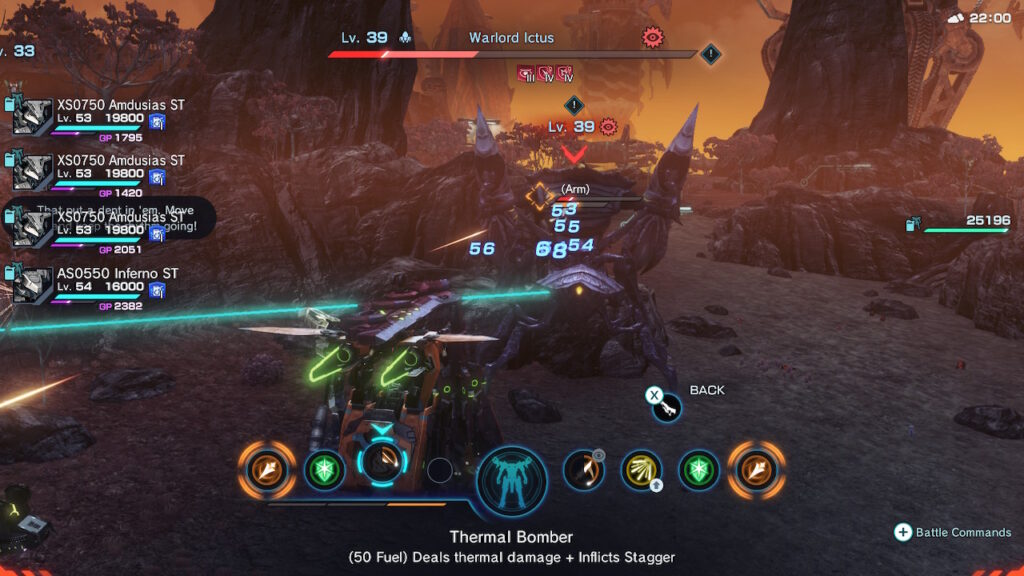
The thing I don’t remember about the original release is precisely where I shelved it. There’s a point about 2/3 of the way through the game where I think may have been it. In the fight I’m thinking of you fight what is effectively a gigantic floating fortress with a bunch of adds that spawn throughout it. It’s a bit of a fight of managing focus and a bit of a fight that is just checking your DPS, and it’s the one boss fight that I did manage to wipe in here.
In this release it felt appropriately hard but not impossible, and I think that feeling of balance being better exists throughout but I can’t really tell if that is a placebo effect. In classic Xenoblade fashion, balance is a wild mess of numbers that don’t really have any relation. A level 40 bug is different than a level 40 gorilla is different than a level 40 dinosaur is different than a level 40 flying blimp fish. You basically learn by dying what you should really be fighting, and the unfortunate thing about that is that there’s a lot of stuff that is hard to fight that earns you effectively no reward because it’s “low level” by the time you put up a fair fight. To me, that’s just Xenoblade and it’s a problem that every game in the series has had. The nice thing here though is that the game does a pretty good job of balancing the core golden story path to where if you’re at the level recommended in the quests, it feels appropriate. If you want a harder experience you go in slightly lower level. If you want an easier experience you go in slightly higher level. It all just works well, and that’s not something I remember of the original release. Frankly, it’s something that they didn’t really get that right until Xenoblade 2, and the remaster of this and XB1 show those learnings.
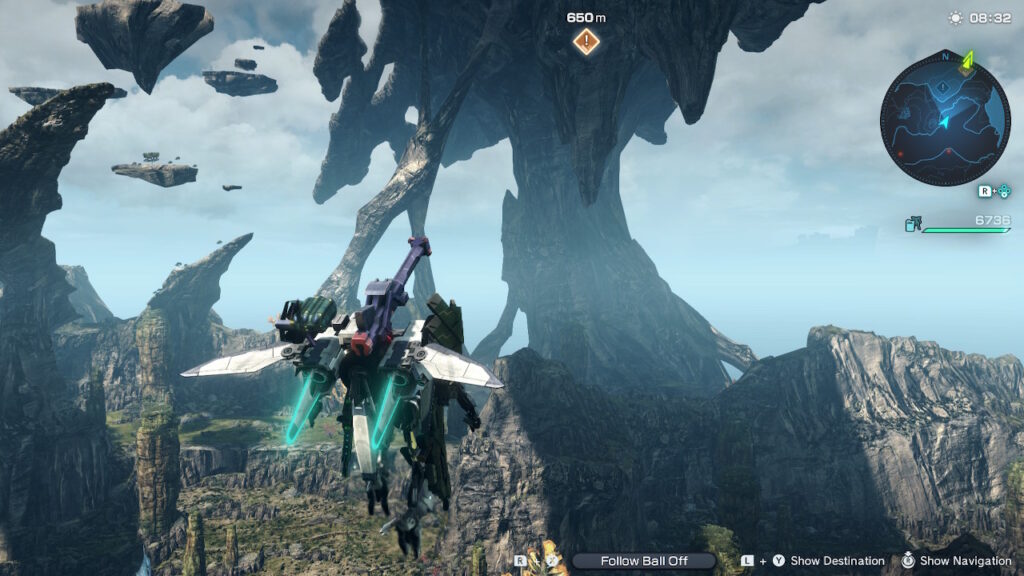
Tied into the balance thing is that I don’t remember doing as much of the “side” content in the original release, and frankly I don’t remember enjoying doing it either. In this release though, I was doing everything. I think some of that is tied into the fact that I was enjoying exploring in general. It’s easy to hit mission points incidentally when you’re just exploring anything and everything. However, I was also enjoying doing the little character side stories.
It struck me how important the character missions are to the actual plot of the game. Relative to the main entries, this is a very story light experience if you follow just the main story line. However, if you do the character stories – and importantly, are thorough in recruiting characters – you get a lot more world building. You get stories of how other alien races came to this world and are involved with the main antagonists of the game. You get back stories of how the humans got to know each other and ended up on the space ship that escaped Earth. You get to see the team building as it’s happening. In core Xenoblade games, these are things that kind of just happened as you played the game, but here are presented as side content, and I think the game experience is worse if they are treated like that by most players. There is a surprising amount of story content here if you go after it.
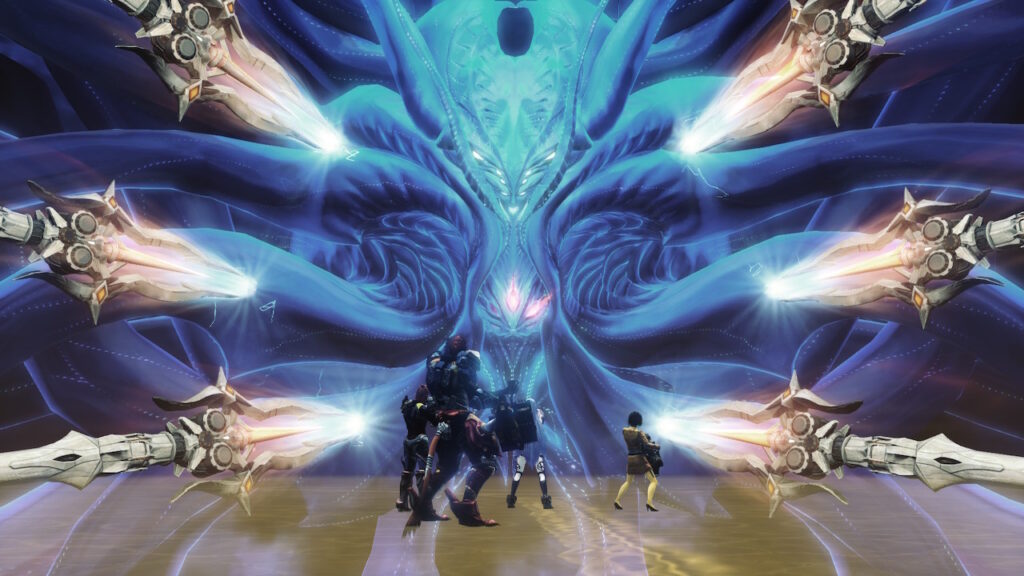
All that being said, the main draw for me was that there was new content in play here. It’s….fine. Ultimately the story portion of it was a better draw for me than the game portion. The game portion railroads you into a really long slog of a dungeon that takes place in a stereotypical JRPG floating island void and I could have gone without it. However, the story part closes a lot of plot holes that were never resolved in the original game and it sets them up for what now feels like an inevitable sequel and for that I suppose I’m thankful. I now want to see more of this style Xenoblade gameplay explored – although please change the combat inputs to be XC2 style instead of the hotbar. The mech gameplay is just such a fun experience that I don’t want to see them drop.
This remaster almost certainly exists because Monolith needed an excuse to do engine testing for the Switch 2 and Xenoblade 1-3 already existed on the Switch 1. If that is the justification for this existing, then hell ya. They wrapped the story of those games with 3, so opening up the story a bit here to maybe give them a path forward in the XCX story line on Switch 2 also feels like an absolute win. Regardless, I’m looking forward to seeing what they come up with going forward.
